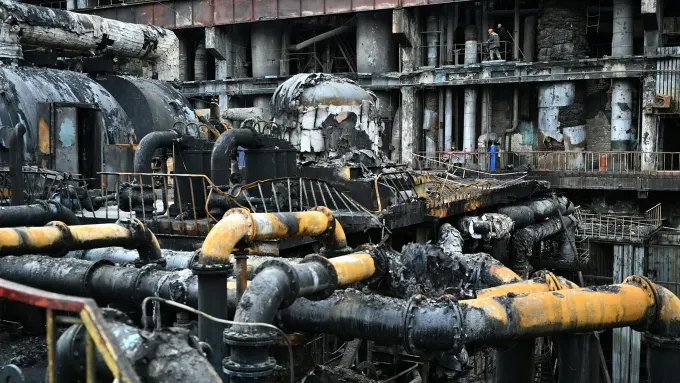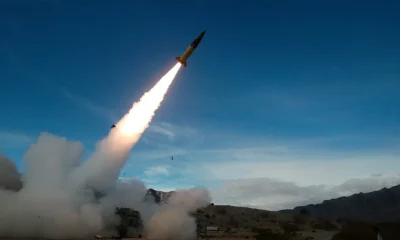International
Ukraine’s Energy Supply on Brink as War Enters Third Winter

Ukraine’s electricity supply is at risk of “severe disruptions” this winter, the International Energy Agency (IEA) has warned, urging international allies to step up support to secure the country’s energy infrastructure.
Since Russia’s full-scale invasion in February 2022, Ukraine’s energy infrastructure has been repeatedly targeted by missiles and drones.
The intensity of these attacks has escalated in recent weeks, raising concerns as colder weather looms.
“Ukraine’s energy system has made it through the past two winters thanks to the resilience, courage, and ingenuity of its people and strong solidarity from its international partners,” IEA Executive Director Fatih Birol stated.
“But this winter will be, by far, its sternest test yet.”
In August, Russia launched one of its most significant aerial assaults since the war began, deploying over 200 missiles and drones primarily aimed at Ukraine’s energy infrastructure.
The attacks caused widespread power outages, affecting millions of households across the country.
In response, Ukraine has conducted strikes on Russia’s energy facilities.
The IEA reported that even before the latest attacks, over two-thirds of Ukraine’s pre-war power generation capacity was offline due to destruction, damage, or occupation by Russian forces.
This has led to frequent rolling blackouts, which also impact water supplies.
EDITORS PICK:
- Sri Lanka’s Candidates Wrap Up Campaigns Before Vote
- UK Calls in Russian Envoy Amid Diplomatic Tensions
- Ukrainian Soldier Killed with Sword Linked to Kursk
“The situation could become even more dire as the days get shorter and colder,” the IEA cautioned in its report.
The agency highlighted the potential for a significant gap between electricity supply and peak demand, which could severely disrupt critical services such as hospitals and schools.
The IEA estimates that Ukraine could face a shortfall of up to 6 gigawatts in electricity supply this winter, representing nearly a third of the anticipated peak demand.
To address these challenges, the IEA recommended a series of measures, including strengthening the physical and cyber security of energy infrastructure, expediting repairs, improving energy efficiency, and increasing the capacity to import electricity and natural gas from the European Union.
The agency emphasized that effective air defence remains the most crucial measure to safeguard energy services during the winter.
In response, the European Union has announced a €160 million ($179 million) aid package to help Ukraine through the winter.
The package includes €60 million ($67 million) for humanitarian aid, such as shelters and heaters, and €100 million ($112 million) for repairs and renewable energy projects.
The funds will come from the proceeds of frozen Russian assets.
“It is only right that Russia pays for the destruction it caused,” said European Commission President Ursula von der Leyen, adding that the EU has contributed at least €2 billion ($2.2 billion) toward Ukraine’s energy system since the invasion began.
Efforts to repair Ukraine’s energy infrastructure and integrate its electricity grid with Europe are expected to cover more than 25% of the country’s energy needs this winter.
This includes dismantling a thermal power plant in Lithuania to be reassembled in Ukraine and equipping 21 hospitals with solar panels, eight of which will be fully operational by winter.
CLICK TO WATCH OUR VIDEO OF THE WEEK
Advertise or Publish a Story on EkoHot Blog:
Kindly contact us at [email protected]. Breaking stories should be sent to the above email and substantiated with pictorial evidence.
Citizen journalists will receive a token as data incentive.
Call or Whatsapp: 0803 561 7233, 0703 414 5611











